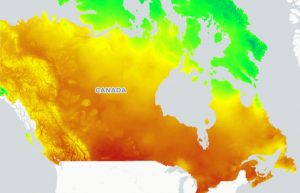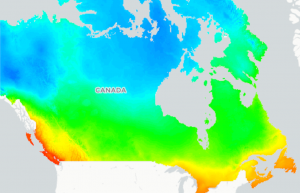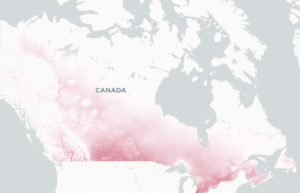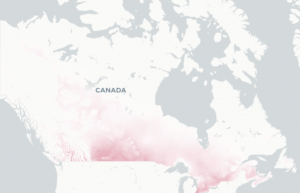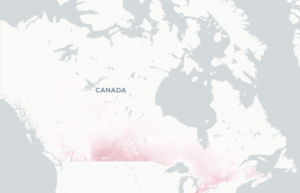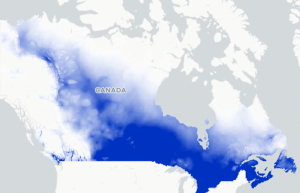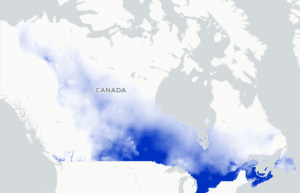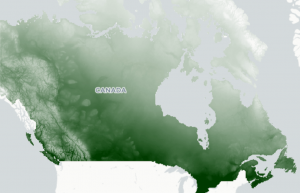Tropical Nights (Days with Tmin >18°C) describes the number of days where the nighttime low temperature is warmer than 18°C.
Hot summer days and heat waves become particularly stressful if overnight temperatures do not provide cooling relief. Tropical nights make it more difficult for the body to cool down and recover from hot days.
Elderly people, the homeless, and those who live in houses or apartments without air conditioning are especially vulnerable during these heat events, particularly if they last for more than a few days.
Technical description:
A Tropical Night occurs when the daily minimum temperature (Tmin) is greater than 18°C. Use the Variable menu option to view the annual, monthly or seasonal values for this index. Visit the Analyze page to calculate Tropical Nights using different minimum temperature thresholds.

